7 Essential Tips for New Commuters Choosing the Best Bike Route
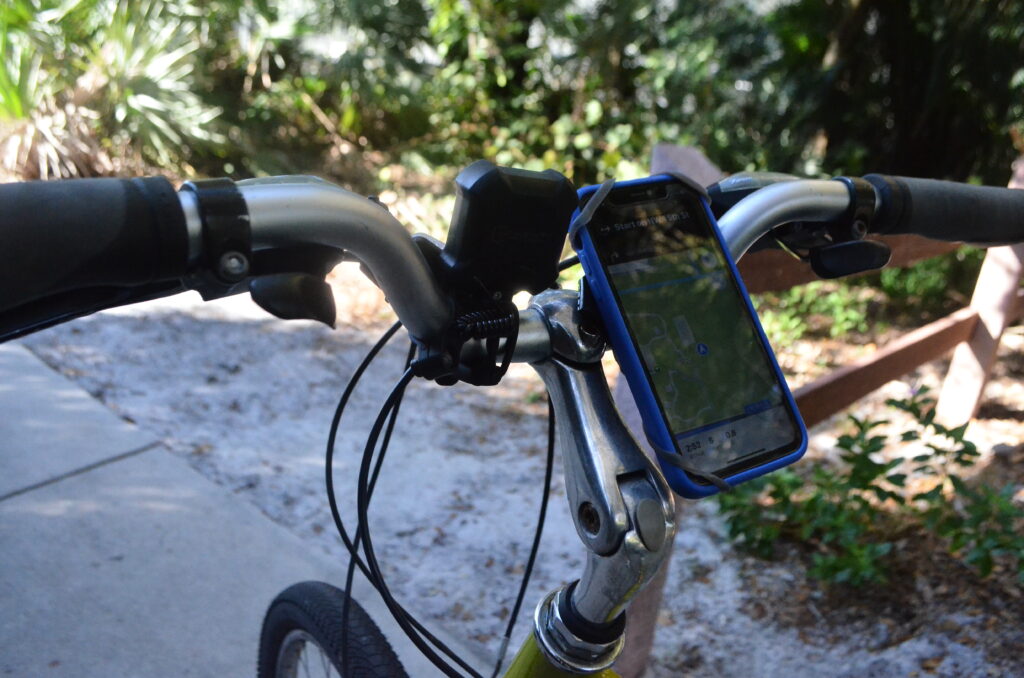
Look guys, I’ve been biking for the past 3 years consistently and still didn’t plan my bike routes well…
What’s up with that?
I found when I first started biking, I would follow the directions of the map tool to a T and that was my worst mistake. The quality of the bike route, amount of bike lanes, the safety of the route, and the distance between the two points are just a few things to think about.
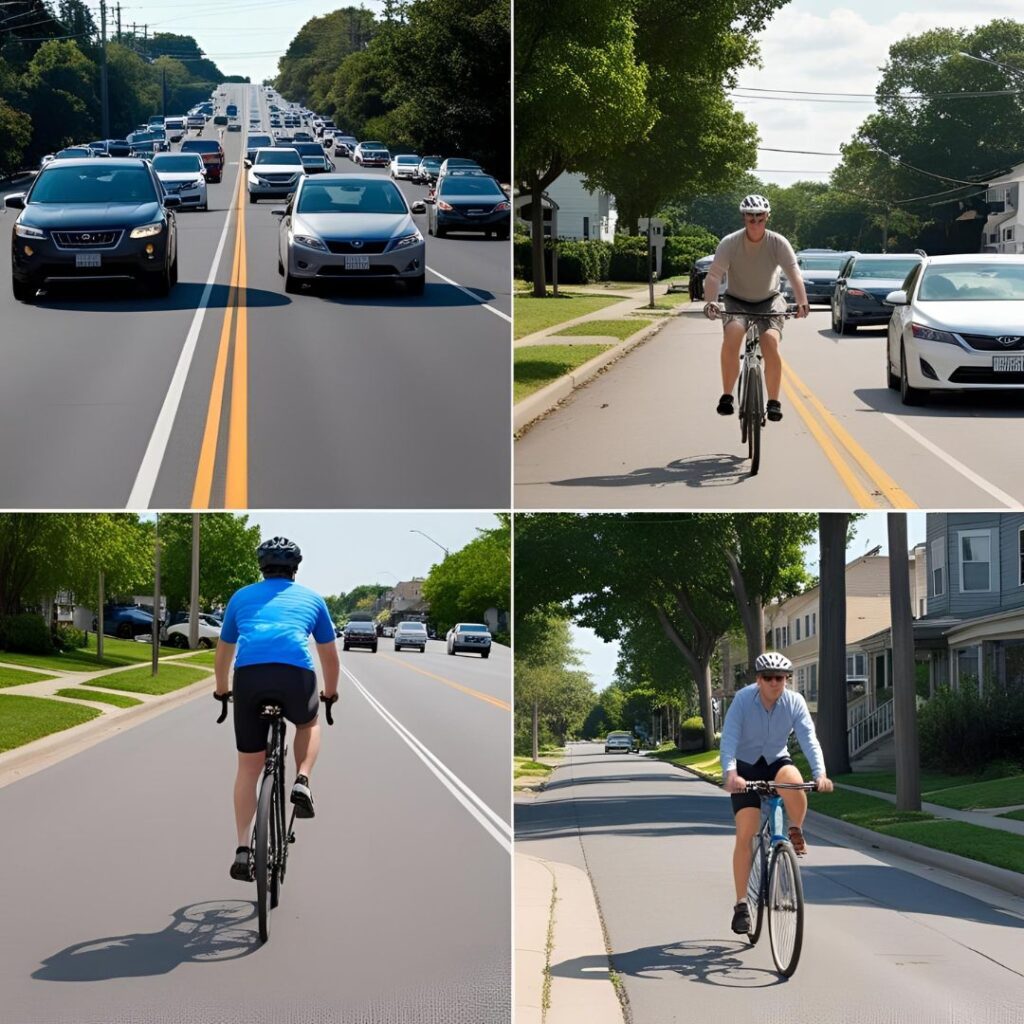
My own six-mile commute to work seemed limited at first, I usually didn’t use mapping but tried different commuter bike routes every-time. Now when I did end up using Google Maps, they often led me to not just what seemed longer but very consequential to actually biking in the situation, like biking on a blocked-off road or a huge road.
After weeks of trial and error, taking different streets each day, I found myself growing increasingly frustrated with the process.
To plan my safe bike commute was not the easiest thing, but no matter if easy or hard it’s a possibility for everyone. I want to share the way I was able to get around my city in a way I never would or could have thought of 2 years ago.
Understanding the Basics of Bike Route Planning Safety
Let’s be honest, most people happen to avoid biking entirely due to the safety of a route…
Maybe your streets look like this.

Or it looked a lot more like this……………………………………
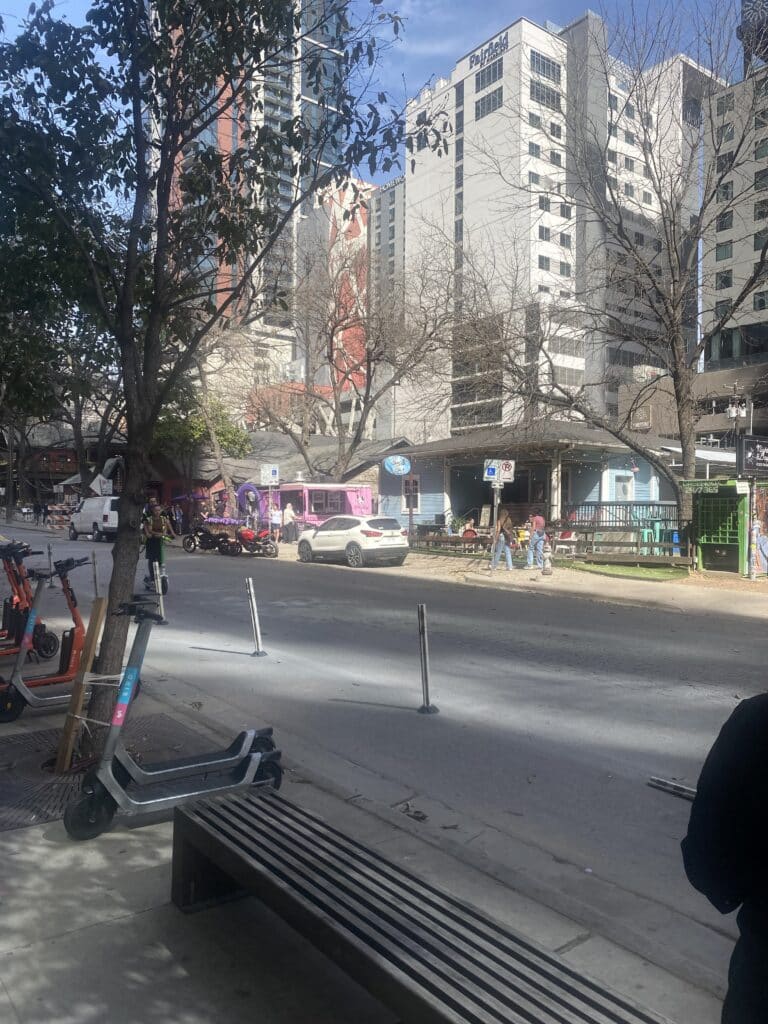
When planning a bike route, my personal favorite app is apple maps. I am able to create my own bike route from scratch, going off the direction of the recommendation toward the freedom of my finger and phone. With my phone bike-mount, I can stare exactly and keep up with the distance I am from where I need to go at the end of the day.
This changed everything, from me needing to bike 8 miles on country roads that challenged my life, to hitting side streets for 9 miles to get to the same destination in less time actually!
The feeling of danger will make you always feel as if you have to stop biking for a moment, or question the trip you’re taking in general. This is not good for you, the biker or cyclist as it’ll have you making a shorter mileage trip a much longer route anyway.
Tools for Finding the Best Bike Routes: My Digital Navigation Journey

I can still vividly remember my early days of urban cycling, when my “route planning” consisted of me just going in a direction, hoping and praying. I ended up on so many high-traffic roads that left me wondering if I’d get to my location before my bike broke, questioning my life choices. Fast forward to today, and the technology available for route finding has completely transformed my commuting experience.
I can’t lie though, Google Maps was not my friend.
Far from it actually….
However, when I started using Apple Maps I was honestly shocked at how much the cycling directions differed from the driving route planning I was familiar with. That first time I followed the bike-specific directions, it led me through the most pleasant neighborhood green-way I didn’t even know existed, despite having driven past the area hundreds of times. This kinda made me desire biking more for the better, especially with this beauty of a bike in the picture above.
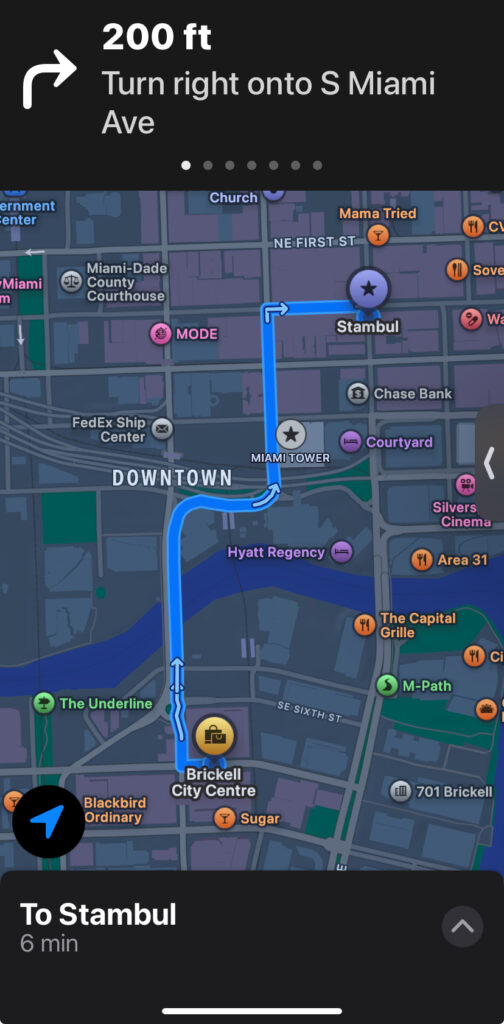
What really revolutionized my commuting, though, was discovering how these apps account for elevation. There was this one nasty hill on my original route that had me arriving at work looking like I’d just stepped out of a shower, you wouldn’t believe it even in Florida passing the highway. When I let the app recalculate with elevation prioritized, it suggested a slightly longer but much flatter route that actually shaved time off my commute because I wasn’t crawling up that monster hill.
I’ve had my fair share of tech fails, too. Can’t lie, like I said I used Google Maps in the past and it directed me down what it claimed was a bike path but ended up being private property, (I feel like everyone has had this moment.)
Another thing problematic about Google Maps, there was this bike lane near my workplace that showed up as a great option on Google Maps, but recently the road had been widened and now it’s dangerous. Now I always check the comments on an app such as Strava before I go for it or even Reddit can you believe that?
If you’re new to cycle commuting, don’t underestimate how much these digital tools can improve your experience. They’ve changed what used to be a gamble into something that feels empowering and accessible. Just remember to keep your head up and eyes on the road – the best route-finding app in the world won’t help if you’re too busy staring at your phone to notice that pothole directly ahead!
Evaluating Different Route Options
Traffic volume became my number one consideration after a particularly harrowing experience on my city streets during rush hour. Cars zooming past with inches to spare isn’t a peaceful commute me or my friends want to bike on, (and I’ll tell you I’ve heard it from people, trust me.)
I started waking up 15 minutes earlier to take a slightly longer route through residential neighborhoods, and suddenly my commute became the highlight of my day rather than something I dreaded.
The difference between roads with and without dedicated bike infrastructure is like night and day. There’s this one stretch of my commute where I can choose between a busy arterial road with a proper protected bike lane or a quieter side street with no dedicated space for cyclists.
Counter-intuitively, I’ve found the busier road with the protected lane feels much safer. Having that physical barrier between me and traffic gives me peace of mind that no amount of quiet side-street riding can match.
There’s even small things like weather exposure also factors into my route decisions more than I expected. There’s a beautiful park section on one potential route that’s absolutely glorious on nice days but offers zero shelter during downpours, for example me going up a hill. I’ve learned to check the forecast and adjust accordingly, sometimes prioritizing routes with more tree cover or building overhangs when rain threatens.
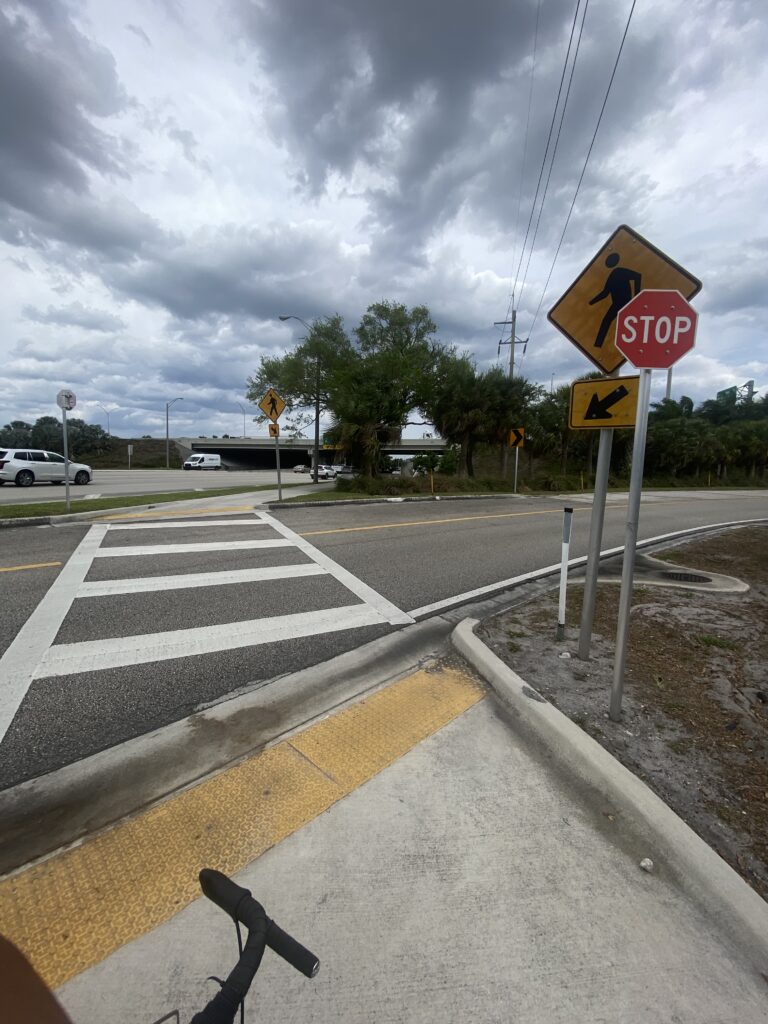
Choosing the Safest Streets: My Hard-Learned Lessons About Urban Cycling
I’ll never forget my wake-up call about cycling safety. It happened about three months into my bike commuting journey, when a suv passed so close that its side mirror actually brushed my handlebar, those DAMN Porsche drivers and why I swore off the sidewalk from biking forever.
That heart-stopping moment completely changed how I evaluate streets for my daily rides.
I’ll be honest, my city does not have any protected bike lanes but a huge masse of trails.
The difference between riding in mixed traffic versus having an actual physical barrier, though I’ll tell you in my neighboring cities, is absolutely night and day. The mental relief of not constantly looking over my shoulder for approaching vehicles is worth every extra pedal stroke.
Finding streets with lower speed limits took some detective work. I discovered that many residential zones in my city automatically have 25mph limits rather than the 45 to even reaching 50 on arterial roads. The difference is huge, a car passing at 25mph creates so much less wind turbulence and gives everyone more reaction time if something unexpected happens plus I can stop and get myself a drink of water versus while I’m on a busy bike-lane arterial. NEVER make assumptions about the route you take.
Road surface quality became a non-negotiable factor after I hit an unmarked pothole and went flying over my handlebars one rainy morning. Nothing ruins your day quite like road rash and a several dirt stains all over your clothes, especially when you’re like myself wearing jeans. Now I actually walk new route sections first if I’m unsure about the pavement condition and sometimes drive if needed. Those extra ten minutes of scouting have saved me from countless potential flats and falls. You gotta note when you should bike on the sidewalk versus the street depending in a suburban style, versus urban style environment.
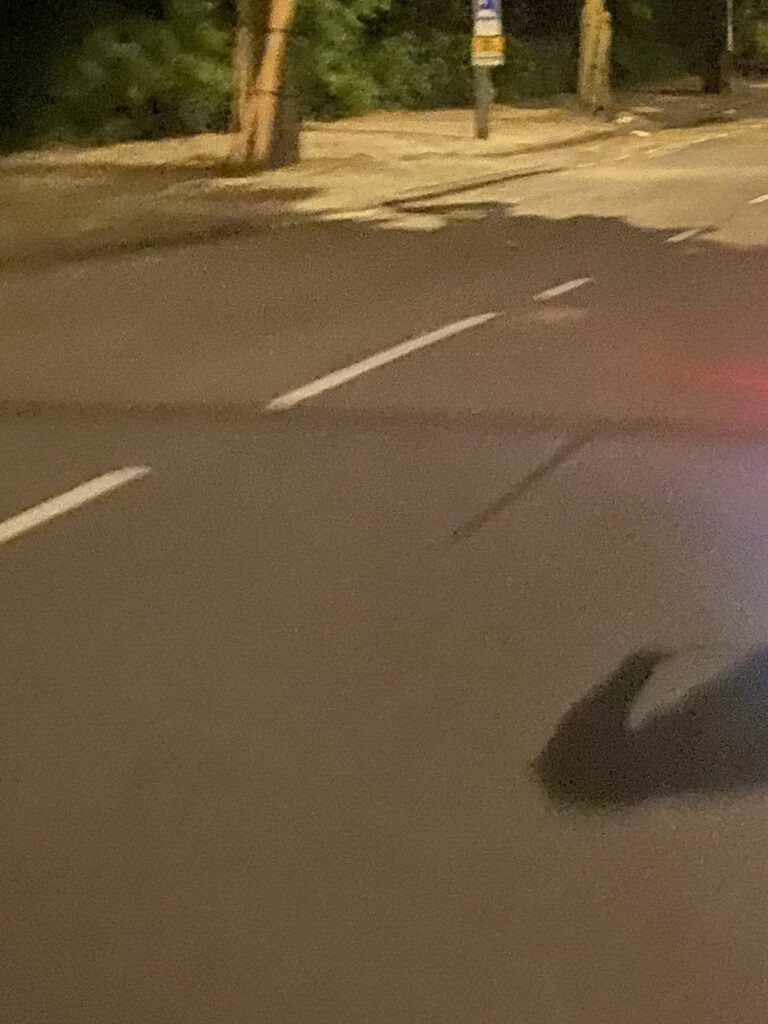
The presence of other cyclists has turned out to be one of the most reliable indicators of street safety. There’s this unassuming side street that doesn’t look special on any map, but local cyclists use it heavily because it has four-way stops at every intersection rather than the two-way stops that favor car traffic on parallel routes. I noticed this pattern on Strava’s heat map and decided to try it myself. Now it’s a cornerstone of my daily route.
Lighting conditions matter way more than I initially realized. That shortcut through the park that feels delightful at noon becomes seriously sketchy after sunset when half the street lamps are burnt out. I’ve developed separate daytime and nighttime routes specifically to account for visibility differences. My evening path sticks to well-lit main streets even though they’re busier with traffic.
One thing nobody told me was how important predictable traffic patterns are. Sometimes, my bike-lane is blocked and I can’t use it. I’ve also learned that a street with consistent, predictable traffic flow is often safer than one with nominally better infrastructure but chaotic driver behavior like those 50 mile per hour stroads.
If you’re mapping out safe cycling routes, don’t just rely on official bike maps. Talk to local cyclists, join a community ride, or check digital heat maps to see where people actually ride. Meetup.com is your friend.
The safest routes aren’t always obvious or direct, but discovering them transforms urban cycling from a nerve-wracking ordeal into something genuinely enjoyable. Your perfect route is out there—it might just take some exploration and a willingness to prioritize safety over speed or distance. Trust me, arriving five minutes later but without an adrenaline spike from a near-miss is always the better choice.
Testing Your Route
Timing your test ride during off-peak hours gives you the mental space to actually observe your surroundings instead of just focusing on traffic. During my weekend tests, I make mental notes of landmarks that could help me navigate if my phone dies, potential shelter spots if it starts raining suddenly, and even public restrooms or bike shops along the way. These details have saved me more times than I can count.
Seasonal changes can completely transform a route. I had this gorgeous tree-lined path that was perfect in summer, but when fall hit, it became treacherously slippery with wet leaves, even in Florida. During my test rides now, I try to imagine how the route might change with different weather conditions. Will that beautiful tree canopy become a hazard during high winds?
Always scout out potential bail points during your test ride. Where could you hop on public transit if your chain breaks? (Which can happen ask me how I know.) Are there bike shops along the way for emergency repairs? Do you have a bike-repair toolkit?
If possible, test your route in both directions. I discovered that what seemed like a harsh incline heading to work became a easy and free descent on the way home during rainy conditions. This led me to develop slightly different outbound and return routes that optimize for the specific challenges of each direction.
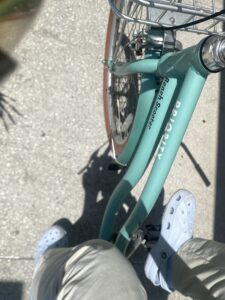
Tips for Daily Commuting
Road conditions can change overnight, and staying alert has saved me from potential disasters. Construction crews in my city have this annoying habit of setting up new work zones with minimal warning. After nearly riding into a freshly dug trench one morning, I developed the habit of scanning the road much farther ahead than I did as a new cyclist, it’s so crazy that construction crews will even get mad at you when you go into the public bike-lane.
Oh man I hate that.
I’ve had my fair share of commuting fails too. Like the day I forgot to pack a belt and had to attend meetings with my pants riding suspiciously low. Or the time I didn’t secure my basket properly and watched my lunch go tumbling across an intersection. These mishaps happen, but they’ve gotten much rarer as my routine has solidified and I’m very impressed by my consistency.
If you’re establishing your daily commuting routine, remember to be patient with yourself. It takes time to find your perfect rhythm, but once you do, your bicycle commute transforms from a mere transportation method into a genuinely enjoyable part of your day.
Making Safety Improvements
I never expected to become that person who has the city maintenance department on a quick email list, but here we are. It’ll always begin with a nasty pothole that appeared overnight on a regular bike-lane in downtown, and also what I noticed was debree which cause me to swerve in and out of the lane, it was quite literally insane. After my third close call with it, I finally looked up how to report road hazards to the city. Turns out, most municipalities have online reporting systems or apps specifically for this purpose. Especially if it’s a state route, you can get it dealt with almost same day.
Joining my local cycling advocacy group is how you connect with others who have the same problems as you. At my first meeting, I discovered dozens of passionate cyclists who had detailed knowledge of planned infrastructure projects, maintenance schedules, and direct contacts with transportation officials. They taught me how to effectively report issues and which specific language would get faster attention from the city.
Technology makes route monitoring easier than ever. There are several apps designed specifically for cyclists to report hazards that share the data with both other riders and local authorities. I use one that lets me quickly mark issues on my map with voice commands while riding, so I don’t have to stop and type out descriptions.
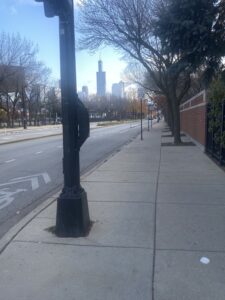
Conclusion
Urban cycling isn’t just about commuting to work—it’s about re imagining all your travel needs. From quick grocery runs to longer trips when feasible, bikes offer remarkable flexibility when you plan effectively. I’ve found that taking time to map routes, identify hazards, and prepare for seasonal changes makes all the difference between frustrating experiences and enjoyable rides.
The benefits compound over time in ways I never expected. My wallet is happier, my body is healthier, endurance is impressive, and surprisingly, my time management has improved dramatically. The consistent travel times have eliminated the unpredictability that came with driving through congested areas.
The cycling community has also become an unexpected source of support. Fellow riders share route suggestions, maintenance tips, and advocacy opportunities that have enhanced my experience tremendously.
Whether you’re considering a complete switch to bicycle transportation or just supplementing your current methods, remember that careful planning and regular reassessment are key. Use available tools, connect with local cyclists, and be proactive about safety. Your perfect routes are out there—they just might take some discovery to find.
